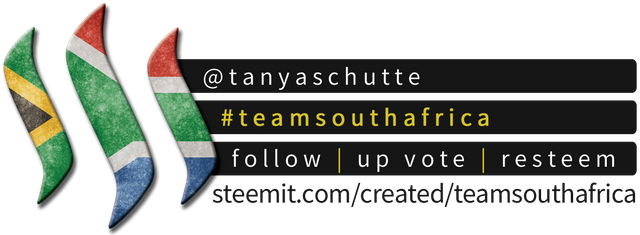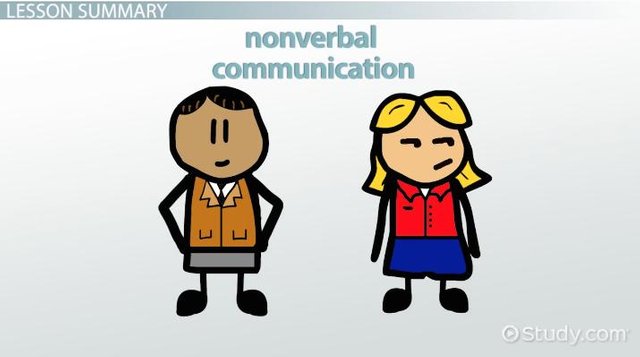Children with Special Needs #3 Non-Verbal Learning Disabilities
In our everyday life, we use verbal and non-verbal cues to communicate with each other. Sometimes we understand another person's cues but there are times that we are confused.
What are the verbal cues?
A verbal cue is a prompt that can be conveyed by spoken language from one person to another. Verbal cues can be seen as the following:
- Tone and pitch in your voice.
- Stalling Techniques
- Using the wrong tense
- Using No in four different ways (Nooo, Quick no's, no with increase eyeblinks, machinegun nos
- Using but
- Changing words.
- Dropping tenses
- Using distancing language
What are the non-verbal cues?
Non-verbal cues are those you use not by speaking, but by using body language and tone.
Non-verbal cues can be the following:
- Change in behavior
- Shoulder shrug with a definitive statement.
- Micro-expressions that don't fit within the situation.
What is the difference between verbal and non-verbal cues
Watch this video by Susan Caldwell about the difference between verbal and non-verbal cues
Video by Susan Caldwell
What is a non-verbal learning disability?
A non-verbal learning disability is characterized by a discrepancy between the higher verbal skills and the weaker motor, visual-spatial and social skills.
There are a variety of signs and symptoms that are used to identify non-verbal learning disability:
Signs and Symptoms
- They have trouble recognizing non-verbal cues like facial expressions or body language.
- They show poor psycho-motor coordination:
- Clumsiness
- They seem to constantly get in the way.
- They bump into people and objects.
- Using fine motor skills like tying shoes, writing and using scissors is a challenge to these individuals.
- These individuals need to verbally label everything that happens in order to comprehend the circumstances, spatial orientation, directional concepts, and coordination.
- They have a difficulty coping with changes in their routing and transitions.
- They have a difficulty generalizing with previously learned information.
- They struggle to follow multi-step instructions.
- When they make translations it tends to be literal.
- They tend to ask too many questions and it may appear to be repetitive and inappropriately interrupt the flow of a lesson.
- They may seem to be very competitive due to their strong verbal skills.
How to accommodate learners with a non-verbal learning disability in your classroom.
- Provide the learners with explicit instruction to pick up on social cues.
- Create daily routines and importantly stick to it.
- To assist the learners to write the class schedule on the board.
- Before you transition from an activity have certain words that will assist the learner with transitioning.
- Assign a peer buddy to the learner, in such a way they will be able to help each other.
- Let these children choose where they want to sit.
- When you teach a lesson to make sure you speak clearly and plainly. Don't speak to complicated.
- Teach them certain strategies to help and assist them within the social structures.
Just like all children these children are special but should be treated equally to others!
Resources:

Created by Giphy

Team South Africa banner designed by @bearone




This post was curated by @steemsouthafrica
and has received an upvote and a resteem to hopefully generate some ❤ extra love ❤ for your post!
JOIN US ON DISCORD (South Africans Only)
JOIN US ON TWITTER
JOIN US ON FACEBOOK
Proudly associated with The Power House Creatives
and their founder @jaynie
JOIN THE POWER HOUSE CREATIVES HERE